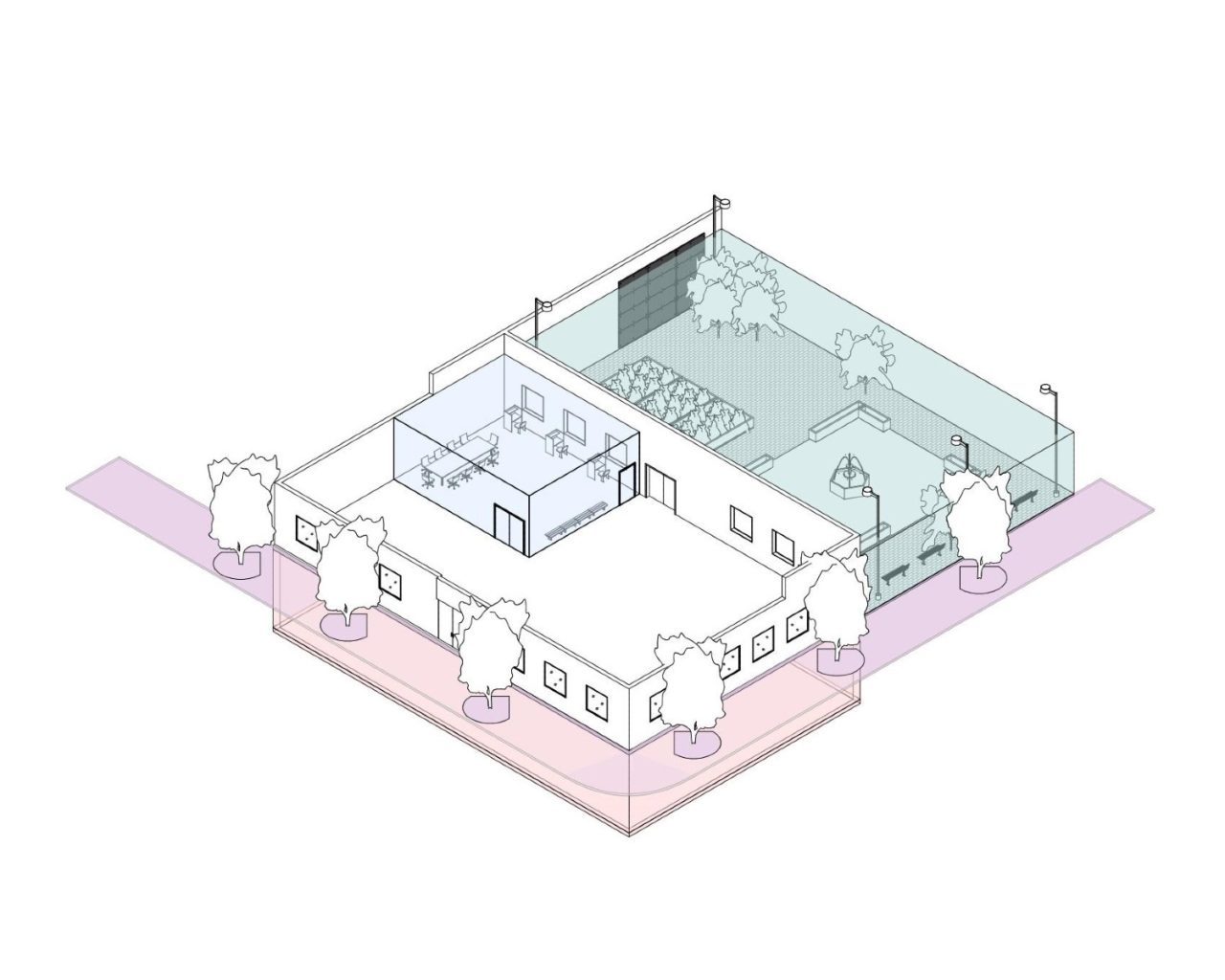by: Sarah Ahmad and Vera A. Voropaeva
Affordable housing is a universal need and architects play a significant role in making it an option for all. As it currently faces its own housing crisis, New York City brings to the forefront how supply fails at meeting housing demand. On Friday, September 18, the fourth development session of this year’s AIANY Civic Leadership Program (CLP) took place, with a focus on affordable housing. Titled “Elevating the Non-Market Housing Stock through Advanced Building Methodologies for Lasting Resiliency,” the session explored the notion of how we can, as civic-minded individuals, designers and architects, push for an agenda that elevates non-market housing stock through methodologies that advocate and activate lasting resiliency within supportive, public, and affordable housing.
The session focused on non-market housing because these communities and residential buildings are most susceptible to being overlooked. The session advocated for making greater initial investments that focus on quality to allow for greater long-term return. By incorporating efficient and sustainable systems, the entire ecosystem, from developers to builders, architects and residents, stand to benefit from creating and preserving quality affordable housing. The topic was discussed through a broad scope, organized as follows:
- Defining: Non-Market Supportive, Public and Affordable Housing
- Analyzing: Current Issues and Agency/Organizational Responses
- Dissecting: Funding Pipeline and Developer’s Roles and Objectives
- Research: Driven Resources Highlighting Resilient Methodologies and Components
- Reflective: Of Architects Role: What is being done, where we can implement change, and how can we participate?
Organized and led by CLP members Sarah Ahmad and Vera A. Voropaeva, invited guests spoke on a myriad of topics within the scope of affordable housing. In order of appearance:
- Maria de la Torre, Project Manager, Hester Street
- Kim Ochilo, Project Manager, Hester Street
- Ellen Zielinski, Director of Sustainability. NYCHA
- Desiree Andrepont, Senior Project Manager, The Community Builders
- Ryan Cassidy, Director of Sustainability & Construction, Riseboro
- Christopher Cirillo, Executive Director, Ascendent Neighborhood Development
- Amanda Loper, Principal, David Baker Architects
- Rick Akin, Director of Volunteer Services, BRC
Speakers and panelists discussed how design can be a catalyst for positive community development and how to navigate both the micro (resident/community) and macro (regulatory/agency) environments. Non- market housing, specifically supportive and public housing, predominantly serves the most vulnerable populations. Lack of funding and management leads to prolonged, deeply embedded problems. Guidelines are a major informative source created by agencies and organizations to respond to current issues and push for design excellence.
Maria de la Torre and Kim Ochilo began by providing insight on how Hester Street navigates the community outreach process, a prime example being their involvement in the Connected Communities Initiative, an in-depth design approach to activate ground-floor outdoor space in NYCHA public housing. Hester Street stresses the importance of taking community output and translating that into both qualitative and quantitative data directed towards responses and solutions.
Following their discussion on community engagement, Ellen Zielinski spoke on how NYCHA is integrating sustainability within its buildings through systems that not only produce data-driven cost and energy efficiency, but also promote upward mobility by providing power to surrounding residents and creating job opportunities for NYCHA residents.
The selected developers, Ryan Cassidy (Riseboro), Christopher Cirillo (Ascendent Neighborhood Development), and Desiree Andrepont (The Community Builders) discussed ways they insert high design principles into projects and the impacts these measures can have in the long term. They unpacked the complexities of NYC’s non-market housing funding streams and their perspectives on the future of this competitive typology. Strategies, such as early project goal setting, optimizing buildings for performance metrics, and strong relationships between communities and the developments, all serve to to create successful projects for all stakeholders.
Amanda Loper (David Baker Architects) introduced 9 Ways to Build a Community with Urban Housing, the tenets her firm integrates in their projects, many of which are supportive and affordable, to produce superior experiences for both residents and the greater community. The principals, viewed through the lens of David Baker’s built projects, intertwine the urban context to elevate social landscapes while providing much-needed housing stock. The principles listed below were explored in practice, followed by an evaluation of their lasting civic impact.
- Reweave the Urban Fabric
- Make Big Moves
- A Little Goes a Long Way
- Activate the Edges
- Be Welcoming
- Cultivate Connection
- Enlighten Circulation
- Get Personal
- Art for All
We concluded our session with Rick Akin, the Director of Volunteer Services at Bowery Residents Committee. The CLP cohort was connected with BRC to seek volunteer opportunities within supportive housing, from design work to participating in the 2021 Hope Count, a volunteer-based, point-in-time survey to canvas NYC street’s on a January night to measure the number of residents without shelter. We encourage all interested individuals or organizations to take part, not only as design professionals but as citizens, to gain awareness and insight into some of New York’s most vulnerable populations who rely on our collective support and advocacy.








